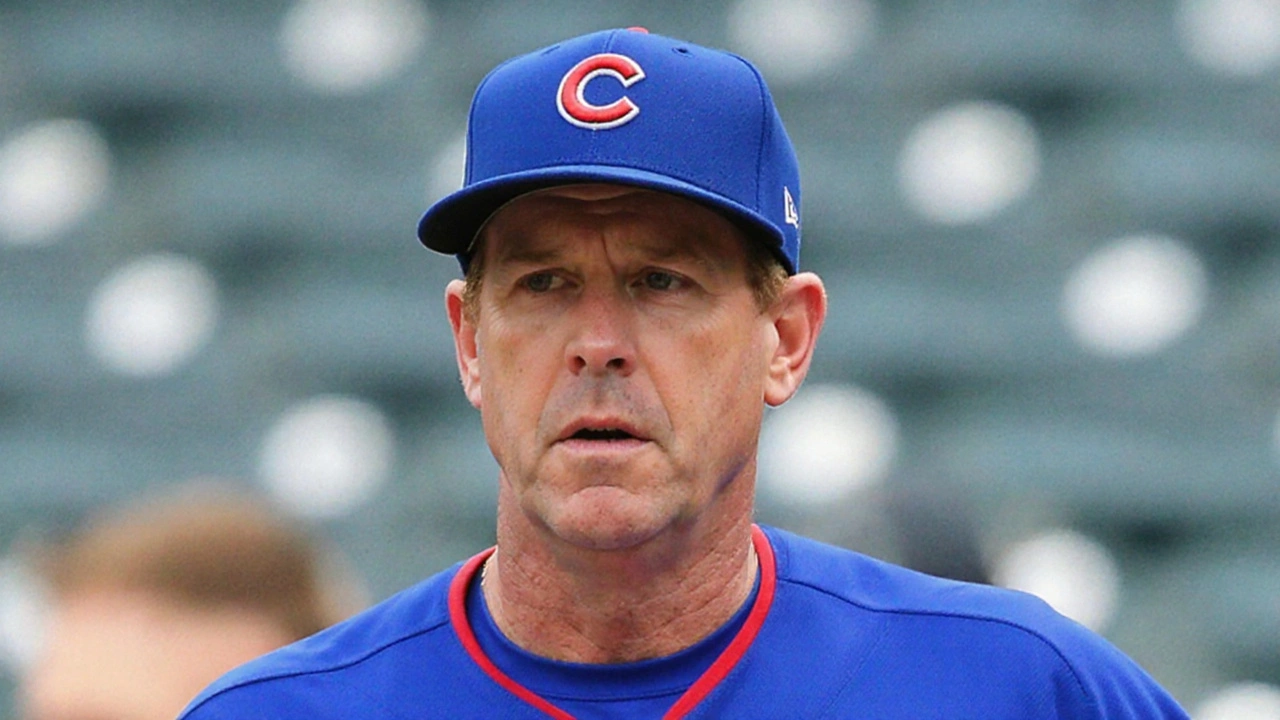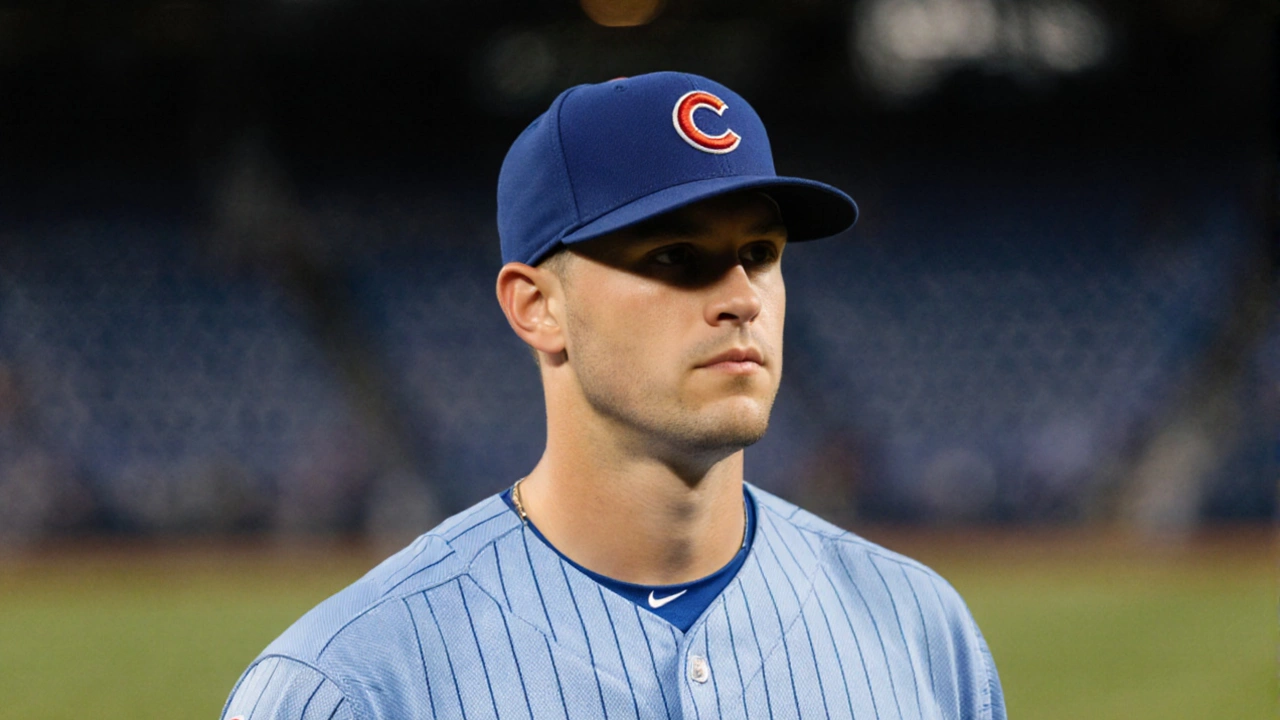
What went wrong after the Cubs clinched?
In early October the Chicago Cubs wrapped up a postseason berth with a series win over Pittsburgh. The celebration was short‑lived. A four‑game sweep by the Cincinnati Reds followed, featuring two shutouts and a glaring drop‑off in both pitching and hitting. The collapse raised eyebrows because it happened at the most critical juncture of the season – right when momentum should have been building toward the Wild Card round.
Statistically, the Reds series was a nightmare. The Cubs’ staff ERA ballooned from a season‑average 3.96 to 6.12 over those four games. Walk rates jumped to 4.5 per nine innings, and strikeout totals fell below 6 per game. Offensively, the lineup recorded only eight hits and managed two runs across the entire sweep, a stark contrast to the 4.5 runs per game the team posted over the previous two weeks.

Counsell’s blunt prescription
Manager Craig Counsell addressed the mess in a candid interview. He shrugged off abstract ideas like “energy” and zeroed in on a single, concrete flaw: “We got to pitch better… We haven’t played well enough to win a game.” The comment might sound simplistic, but it reflects a deeper belief that the team’s core skills – command on the mound and execution at the plate – have been neglected.
Pitching, according to Counsell, is the first line of defense. The Cubs’ rotation entered the Reds series with a combined WHIP of 1.24, yet it spiked to 1.68 during the sweep. Relievers, who had been a strength all year, faltered under pressure, allowing key runners in late innings. Counsell’s focus on improving pitch location, reducing walks, and sharpening secondary pitches aligns with the data that shows a 15% increase in opponent batting average on balls in play (BABIP) over the last week.
But the manager didn’t ignore the bats. He admitted that the offensive shutdown was “as simple as that – we haven’t played well enough.” The Cubs’ left‑handed power surge earlier in the season, led by Ian Happ and several timely home runs, stalled. The team’s on‑base percentage dipped below .300 in the Cincinnati stretch, a full point lower than the league average.
For the final six games at Wrigley – three against the New York Mets and three against the St. Louis Cardinals – Counsell’s plan breaks down into three actionable steps:
- Stick to the basics: Pitchers must locate fastballs inside, avoid chasing high pitches, and trust their secondary weapons. Relievers should focus on three‑out, one‑run outings.
- Plate discipline: Hitters need to cut the swing‑and‑miss count, work the count, and look for gaps rather than swing for power on every pitch.
- Defensive consistency: Reduce errors; a clean field supports pitchers and keeps innings short.
These points might seem elementary, but the data backs them up. The Cubs’ fielding percentage in the last ten games fell to .973, and they committed three errors that directly led to unearned runs during the Reds sweep.
The stakes are high. A strong finish could secure home‑field advantage for the Wild Card game, giving the Cubs a better chance to avoid a do‑or‑die matchup against a top seed. Conversely, another slump could see them enter October with low confidence and a bruised roster.
Fans and analysts alike are watching to see if Counsell’s no‑nonsense approach can reset the team's rhythm. The next week at Wrigley will test whether the Cubs can translate “playing better” from a simple mantra into concrete victories on the scoreboard.

Write a comment